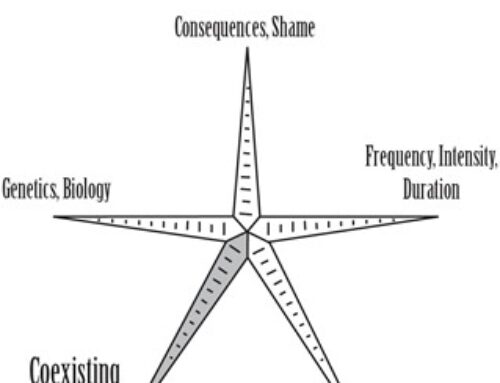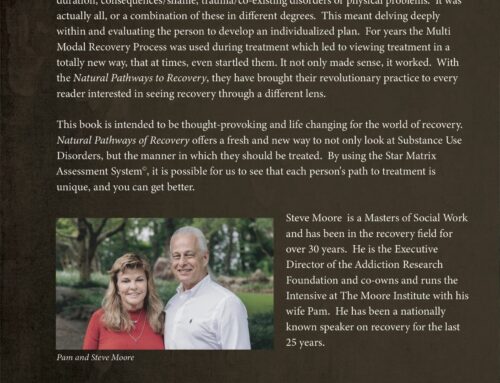2020 has been timeless. No, I don’t mean timeless like Mariah Carey’s timeless classic “All I Want for Christmas is You.” I mean timeless as in largely void of any normal social or cultural events that signal a changing of the seasons or help orient me to time. Even the social and cultural events that have survived despite our circumstances have been drastically changed for most of us as a result of COVID. But again, just like “All I Want for Christmas is You,” the one thing that I can count on returning around November every year is clients asking how to handle family interactions around the holiday season. This year will be no different, and may even be exacerbated by COVID and the impact it has had on every family in the world. Each family has their own topics that create tension and the opportunity for conflict, but here are some of the more commonly reported concerns that clients want to feel prepared for this holiday season:
- COVID concerns, including social distancing, and the impact they will have on a family’s normal holiday traditions
- Differing political opinion between family members, particularly when they lead to arguments and “ruin” family time
- Pros and cons of reintegrating, even briefly, into a harmful family environment with a history of abuse or trauma
- One’s own addiction or the addiction of a loved one that has created disruptions at family gatherings in the past and that may have worsened during COVID
- Generally inappropriate behavior from family members, such as grandparents trying to tell their children how to parent the grandchildren or overriding the parents’ role as rule setter and decision maker (This one is commonly expressed as “This is grandma/grandpa’s house, and I get to make the rules here!” or “It’s the holidays, loosen up and let them have fun!”
Family is almost never easy, and for some, family is just painful. Many clients come to therapy to better understand their family relationships and the overall dysfunction within their family system, and any progress that is made in these sessions can be challenged by extended contact with family in these kinds of systems. The response to family issues is most frequently “It sounds like you need to set some boundaries.” While this is true, that is an incredibly ambiguous statement that does not provide context, guidance, or understanding of the difficulty that is setting and holding firm in boundaries. Much like “self-care,” the concept of boundaries has become a buzzword in the mental health world, both with professionals and on social media. While it is an overall net positive to begin normalizing mental health and healthy behavior in relationships, it does come with the consequence that people have different definitions for these concepts and different ideas on the role they play. My goal for this series is to introduce our definition of boundaries, which is always met with widened eyes and lightbulb moments by clients, discuss the biggest difficulties that clients express with setting and maintaining boundaries, and then provide some tips that may alleviate some of the difficulty around this practice.
Many believe that a boundary is telling someone that I do not like something that they are saying or doing and telling them to stop, maybe making a threat of what will happen if they do not stop. It comes from a desire to make someone “act right” or meet a need that I have. This is not a boundary. This is a rule. A boundary is a conscious decision of what makes me feel physically and emotionally safe and what makes me feel unsafe. It is not another person’s responsibility to meet my needs and ensure my physical and emotional safety. It is my own responsibility. I am the only one able, and sometimes the only one willing, to ensure that happens. This does not mean that I cannot ask others to help me meet my needs through voicing these boundaries, but I need to be prepared to understand and accept that they may not be willing or able to do so. The need to voice or enforce a boundary is frequently driven by feeling unsafe in response to another’s behavior, but true boundaries are not created in this moment. It is more likely that this experience is realizing that a boundary or the need for a boundary has gone unnoticed by me.
Since my boundaries are informed by my understanding of what will help me feel physically and emotionally safe, the rigidity or flexibility of that boundary is also informed by my understanding of how strongly I want to feel protected from that pain. As a result, it is not necessary that I explain my boundaries to others or help them accept it. Of course, the closer and more intimate the relationship, the less likely I am to have my boundary disregarded or violated. Intimacy creates compassion and respect, which are strong predictors for one’s willingness to adhere to my boundary even if it is inconvenient or painful to them. However, this is not a given. Sometimes, others will never understand or respect my boundary, no matter how much love we believe we have for one another. This does not make the boundary any less valid or necessary though, as it is always driven my need to be safe. Without safety, it is not possible for me to be truly intimate and in relationship with another in the first place.
Through our understanding and practicing with boundaries, both personally and professionally, we have created an acronym, FROGS, that identifies common experiences in response to identifying and setting a boundary. The creation of this acronym is not to encourage one to try to not feel this way anymore, as that is impossible, or to suggest that these feelings will get better with more experience with boundaries. In fact, it is our belief that these feelings do not go away or lessen at all. Instead, we believe that one needs to practice acceptance around these feelings and become more comfortable with the experience of these feelings. The experience does not mean that I am doing something wrong or selfish, it simply means that I feel unsafe and do not wish to feel this way any longer. These experiences are:
- Fear
- Responsibility
- Obligation
- Fear
- Shame
Now that I have established our understanding of boundaries, I will explore the difference challenges of setting boundaries of varying rigidity and flexibility. I sincerely hope that everyone will have intimate and meaningful connection with their loved ones in the coming holiday season, but the ability to experience intimate connection requires safety. Be on the look out for the coming posts so that you can hopefully feel most safe this holiday season!





